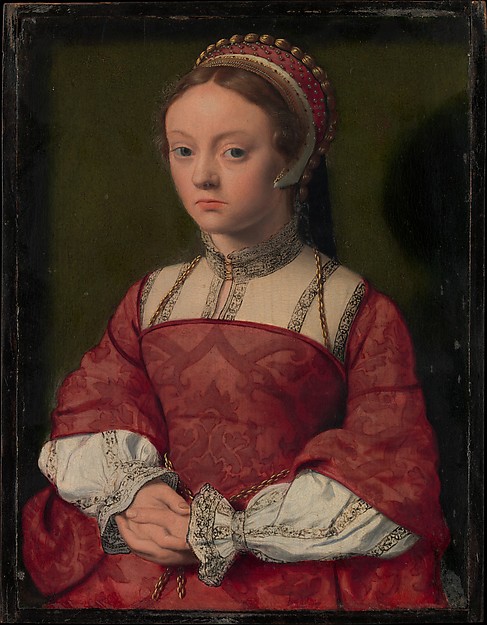There were many challenges for the entrants. I won the challenge for the Best Garb Accessory. I am very happy about winning this challenge and quite proud of my work.
The one thing that I wish I could have done differently was to have more time to sit with my display, in case there were any questions and/or anyone was interested in learning how to do blackwork embroidery. As it was, I chose not to spend more time with my project because I'm also a mother with two children who were quite interested in participating in youth combat fighting and archery (a parent or guardian must be present while they participate in these activities). However, I have enough confidence in my work that I believe my display demonstrated my capabilities without my presence being necessarily needed.
















